What's a bed, and what's a border?
gardenerzone4
13 years ago
Featured Answer
Sort by:Oldest
Comments (9)
michaelg
13 years agoRelated Professionals
Danbury Landscape Architects & Landscape Designers · Saint Louis Park Landscape Architects & Landscape Designers · Tomball Landscape Architects & Landscape Designers · Bound Brook Landscape Contractors · Brownsville Landscape Contractors · Downey Landscape Contractors · Emmaus Landscape Contractors · Fort Wayne Landscape Contractors · Goodlettsville Landscape Contractors · Hampton Bays Landscape Contractors · Reedley Landscape Contractors · Selden Landscape Contractors · Seminole Landscape Contractors · Tinton Falls Landscape Contractors · White Bear Lake Landscape Contractorsanntn6b
13 years agoUser
13 years agolittlesmokie
13 years agoMountie
9 years agobuford
9 years agovasue VA
9 years agoseil zone 6b MI
9 years ago
Related Stories
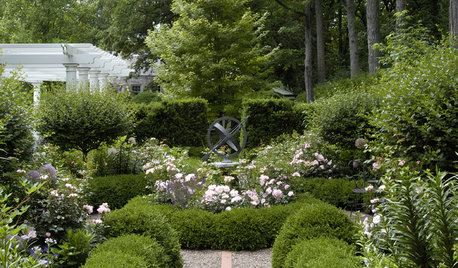
LANDSCAPE DESIGNDefine Your Garden Softly With Planted Borders
Why make things hard for your garden's edges? Embrace a softer side by trading brick and concrete for shrubs, grasses and ground covers
Full Story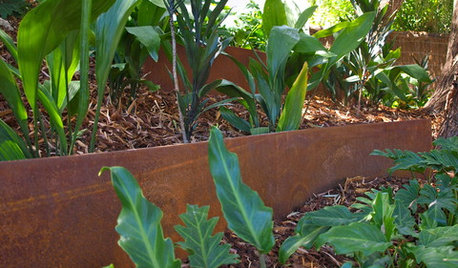
LANDSCAPE DESIGNGet an Edge: The Best Border Material for Your Garden
Do you want garden edging made of stone, concrete, metal or wood? Here are things to consider when choosing
Full Story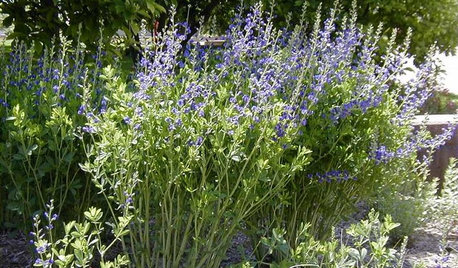
GARDENING GUIDES5 Great Plants for Borders and Screens
Get the effects of a shrub but in less time — and drawing more winged pollinators — with these herbaceous perennials
Full Story
CONTAINER GARDENSSolve Your Garden Border Dilemmas With Planted Pots
Set your containers free from the patio — placed among plantings in the ground, they fill unsightly gaps, let you experiment and more
Full Story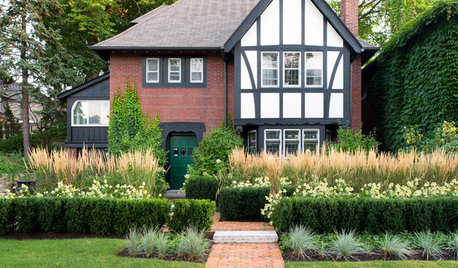
LANDSCAPE DESIGNHow Low Can Hedges Go? Discover Unusual Garden Borders
Short enough to step over, high enough to be a stretch ... check out these radically different hedge styles and tell us your opinion
Full Story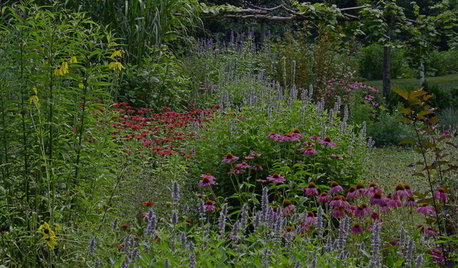
GARDENING AND LANDSCAPINGFocus Your Garden Palette
Restrict your garden's color scheme to create maximum impact in landscape beds and borders
Full Story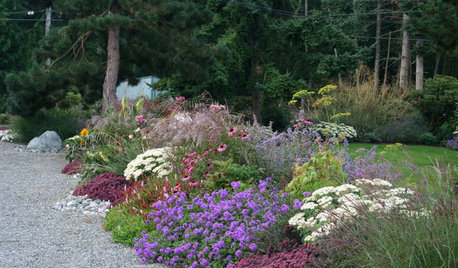
MOST POPULARHow to Design a Colorful Flower Bed
Fall planting: Delight the eye through 3 seasons with bright flowers placed just right. Late summer is the time to plan
Full Story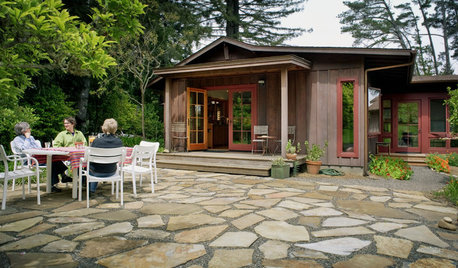
GREEN BUILDINGBuilding Green: The Paths, Beds and Decks That Define Your Landscape
You can make your outdoor area more sustainable by carefully designing your hardscape and selecting materials
Full Story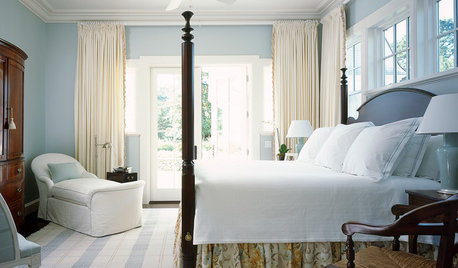
BEDROOMSThe Lowdown on Bed Skirts
Sure, they hide the dust bunnies. But when you know all the options, bed skirts can rack up major style points too
Full Story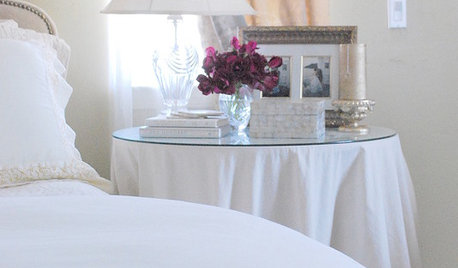
BEDROOMS13 Simple Steps to a Perfectly Made Bed
Drift off to dreamland in a delightfully soothing, artfully dressed bed worthy of a posh hotel
Full Story





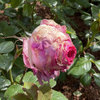
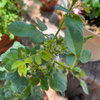
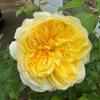
mariannese